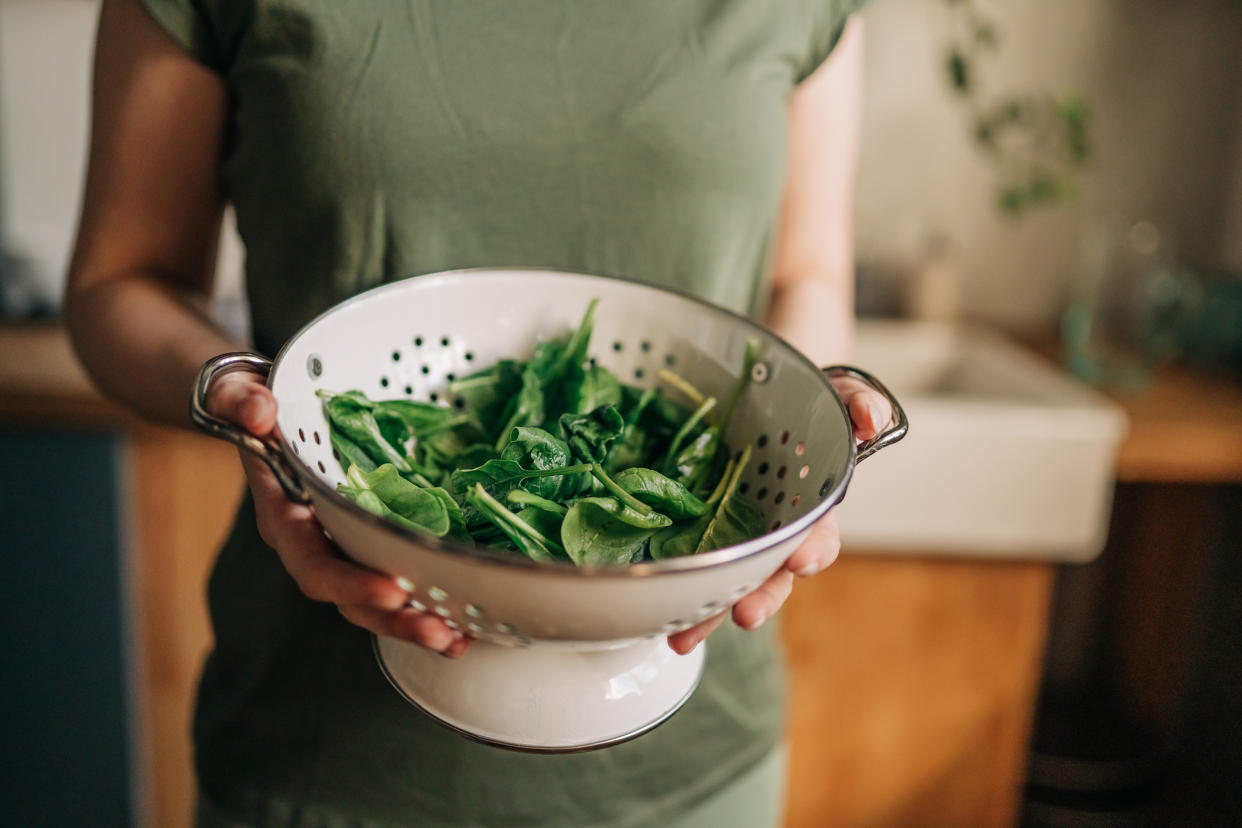Why women should be checking their ferritin and iron levels

Iron deficiency is the most common nutritional deficiency in the world, with up to 20% of menstruating women lacking in the mineral and up to 5% having iron deficiency anaemia, largely due to menstrual blood loss.
Yet the nutritional deficiency, which can lead to symptoms such as fatigue and low energy levels, often goes undiagnosed.
Experts say this oversight is partly because symptoms can easily be attributed to other conditions, which can make them difficult to pin down.
For women, however, ferritin is a key indicator of iron stores, with low levels signalling iron deficiency anaemia.
According to the World Health Organisation, ferritin levels below 15 μg/L in adults are considered low. If your ferritin levels are 15 μg/L or lower, you may have dangerously low ferritin levels, which is known as anaemia.
What is ferritin?
Approximately one-quarter of the total iron in the body is stored as ferritin. Ferritin is a protein in your body that stores iron and releases it when your body needs it. When your ferritin levels are optimal, your body has the right amount of iron to help keep you healthy.
So how does ferritin relate to iron deficiency?
For women, ferritin is a key indicator of iron stores, with low levels signalling iron deficiency anaemia, largely due to menstrual blood loss.
Women of reproductive age face a higher risk of iron deficiency compared to post-menopausal women, as they lose an average of 30-40 mL of iron-rich blood during each menstrual cycle.
New research from Forth found women aged 18-29 are the highest group most likely to be iron deficient, with ferritin levels 27% lower than the average.
This is followed by 30-39 year olds, with levels of ferritin 20% lower than the average.
On average, men are more likely to have healthy ferritin levels, with 91% of those analysed within the ‘healthy’ level, compared to 87% of women.
This can be attributed to the absence of menstrual blood loss, alongside a higher dietary iron intake due to higher food consumption levels on average.

What are the symptoms of low ferritin?
If you have low ferritin levels, you may experience symptoms including:
Pale skin
Fatigue
Very low energy levels
Headaches
Difficulty breathing
Dry skin and hair
Restless leg syndrome
Increased heartbeat
Ferritin is useful at indicating early anaemia as your iron levels may still be within the normal range, but ferritin levels aren’t.
If your ferritin levels are low, additional tests are used to confirm a diagnosis of iron deficiency anaemia.
What causes iron deficiency?
Heavy periods and pregnancy are very common causes of iron deficiency anaemia. Heavy periods can be treated with medicine.
In pregnancy, iron deficiency anaemia is most often caused by a lack of iron in your diet.
Bleeding in the stomach and intestines is another common cause of iron deficiency anaemia.
What happens if iron deficiency anaemia is not treated
The NHS says there can be several potential risks of untreated iron deficiency anaemia including:
a higher risk of illness and infection. This is because a lack of iron affects the immune system.
a potential increase in the risk of developing complications that affect the heart or lungs.
a potentially higher risk of complications before and after birth if you're pregnant
How is iron deficiency treated?
Depending on the cause of low iron levels and if a blood tests reveals your red blood cell count is low your doctor may recommend iron tablets, which you will usually have to take for a minimum of six months.

How can I increase my ferritin levels?
If your diet is partly causing your iron deficiency anaemia, the NHS says your GP may advise you to eat more foods rich in iron, including:
dark-green leafy vegetables like watercress and curly kale
cereals and bread with extra iron in them (fortified)
meat
dried fruit like apricots, prunes and raisins
pulses (beans, peas and lentils)
Your doctor may also advise you to drink or eat less tea and coffee, milk and dairy and food with high levels of phytic acid, such as wholegrain cereals. This is because large amounts of these foods and drinks make it harder for your body to absorb iron.
Should you get your iron or ferritin levels tested?
Last year the International Federation of Gynecology and Obstetrics issued a recommendation that all women and girls who menstruate should regularly be screened for iron deficiency
"A ferritin blood test can provide valuable insight into your iron stores," explains Dr Thom Phillips, clinical lead at Forth. "Low ferritin levels can present in many different ways, from fatigue and skin issues to hair thinning and an increased heart rate. If you're experiencing these symptoms, it's worth discussing your iron levels with your GP."
Dr Phillips says younger women are at the highest risk of low ferritin levels due to a wide variety of reasons including, but not limited to, menstruation, pregnancy and childbirth, and hormonal factors such as oestrogen impacting iron metabolism and absorption.
For those who eat meat, red meat offers a rich source of iron. However, Dr Phillips says vegetarians and vegans can still maintain healthy iron levels by carefully managing their dietary choices.
"For example, pairing iron-rich plant foods with vitamin C can enhance absorption," he advises.
"Regardless of your dietary preferences, paying attention to your iron intake could significantly improve your overall wellbeing and address these often overlooked symptoms."
Read more about health and wellness:
How the NHS 'soups and shakes' diet works (Yahoo Life UK, 4-min read)
How to eat like an Olympian (Yahoo Life UK, 7-min read)
Should we still eat three square meals or is grazing better for gut health? (Yahoo Life UK, 6-min read)


